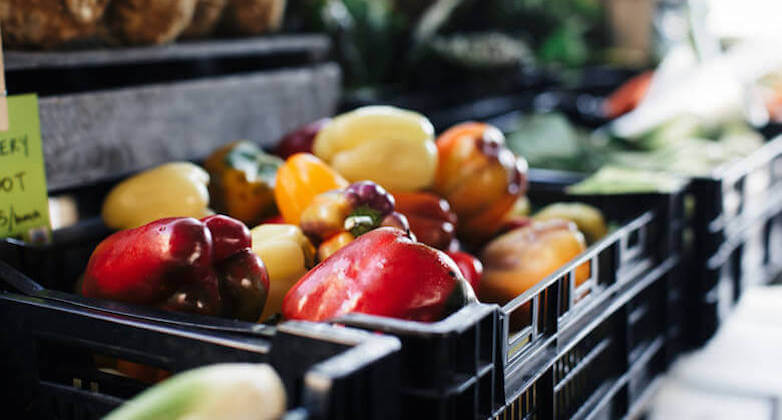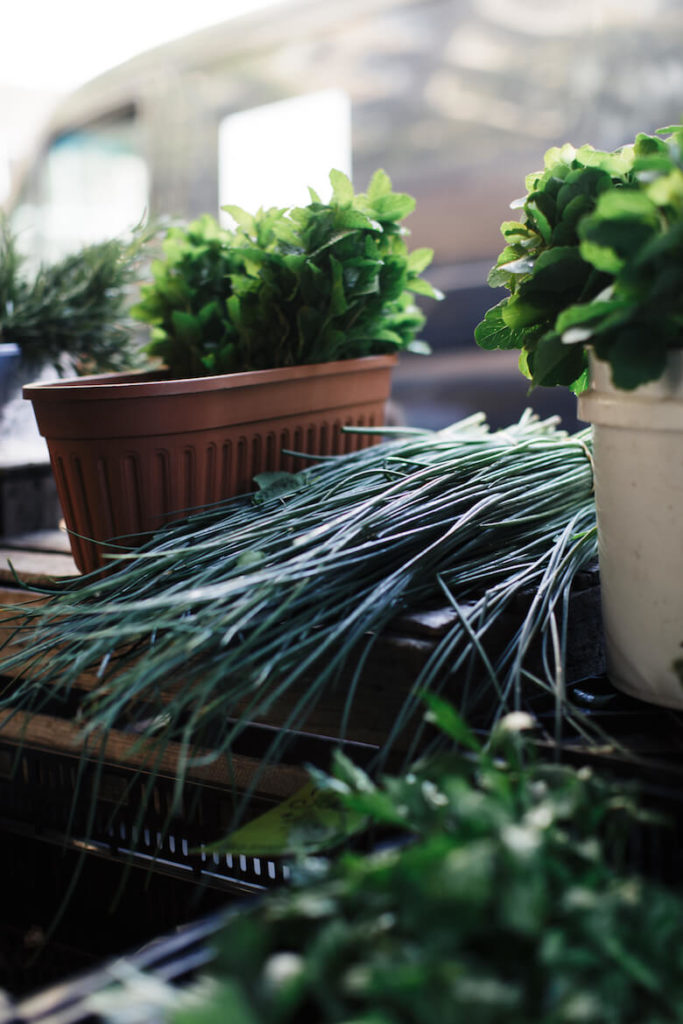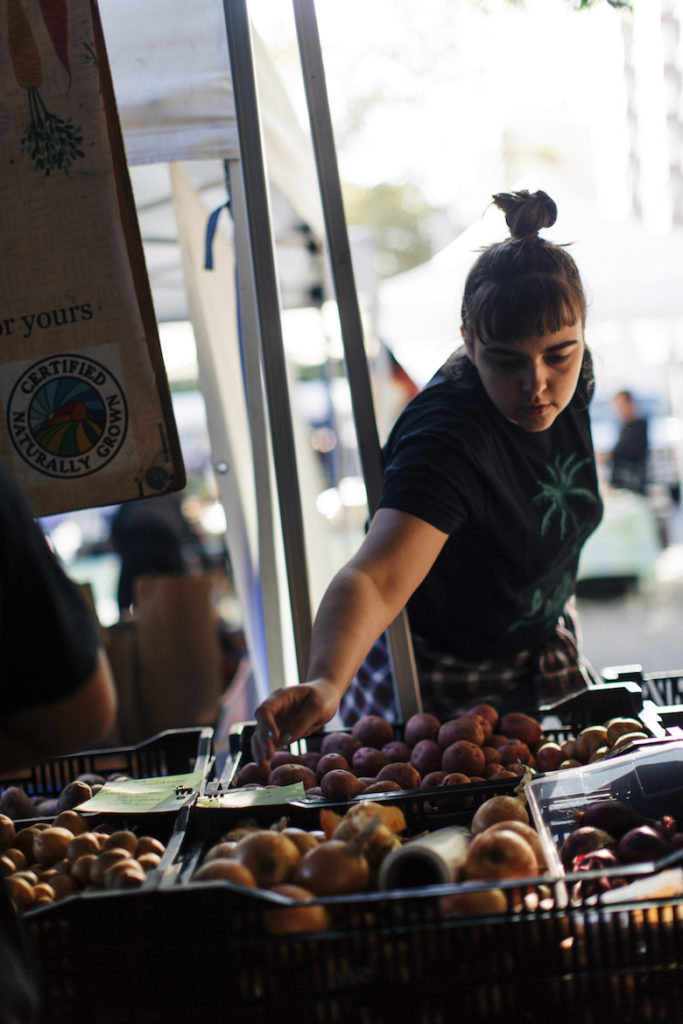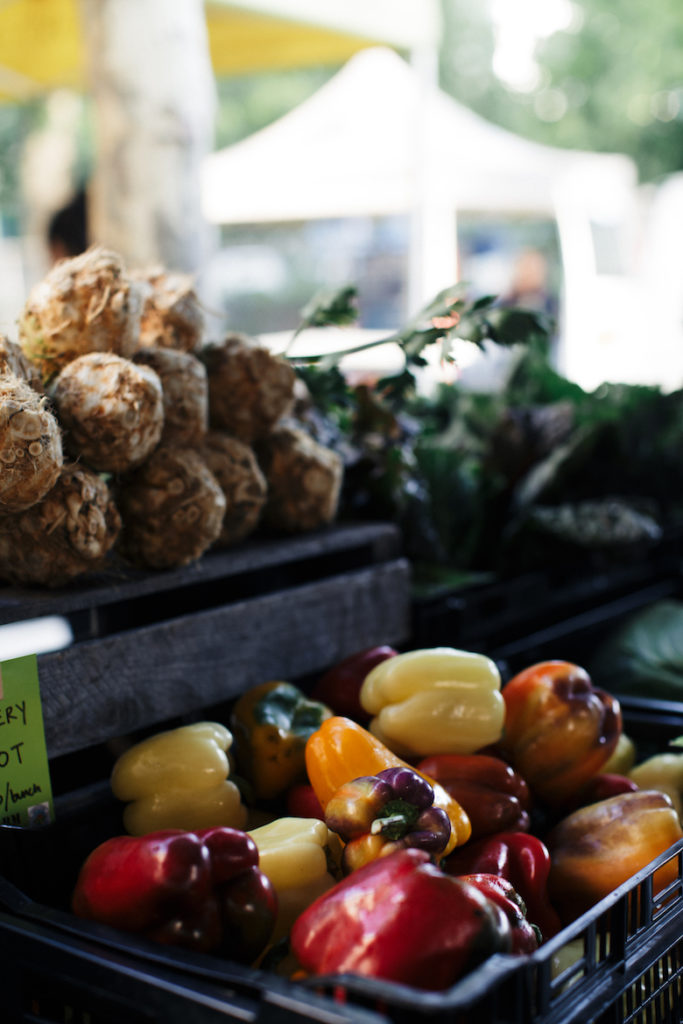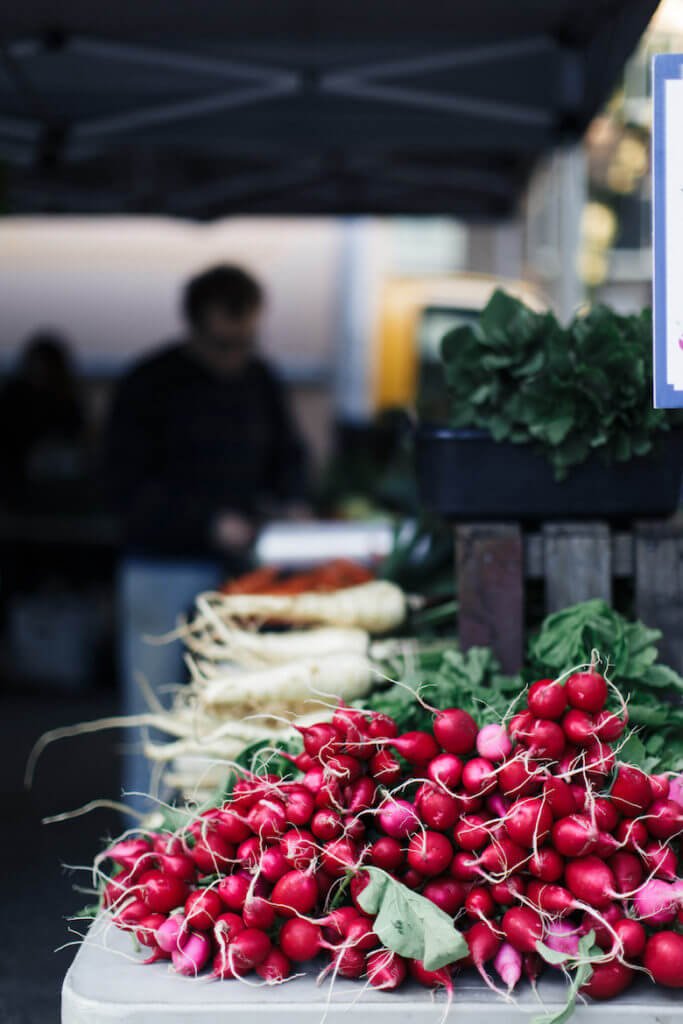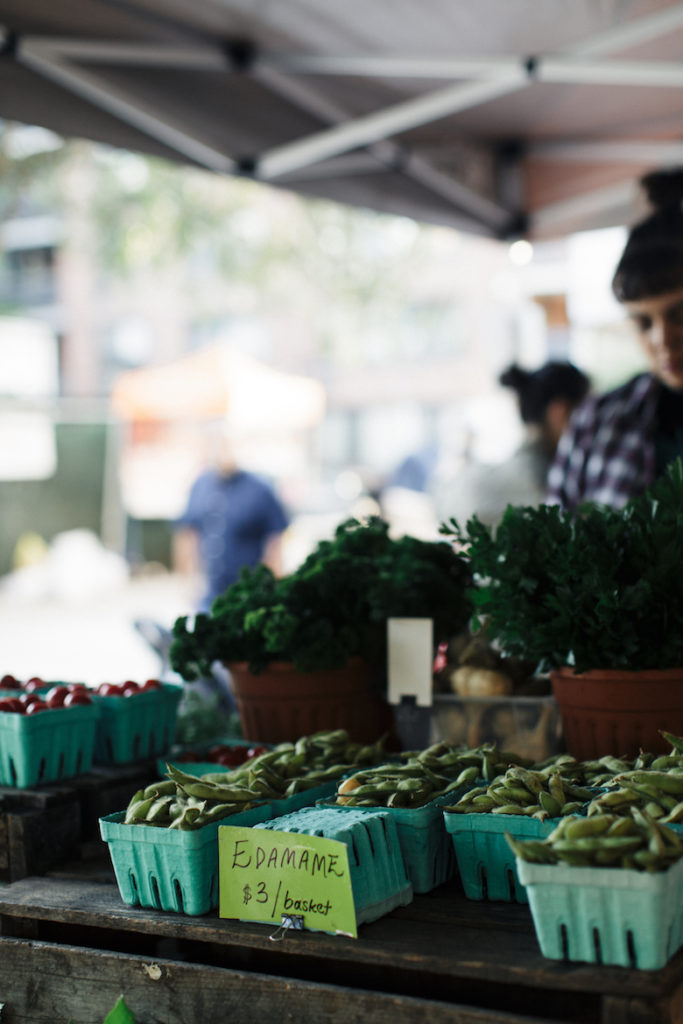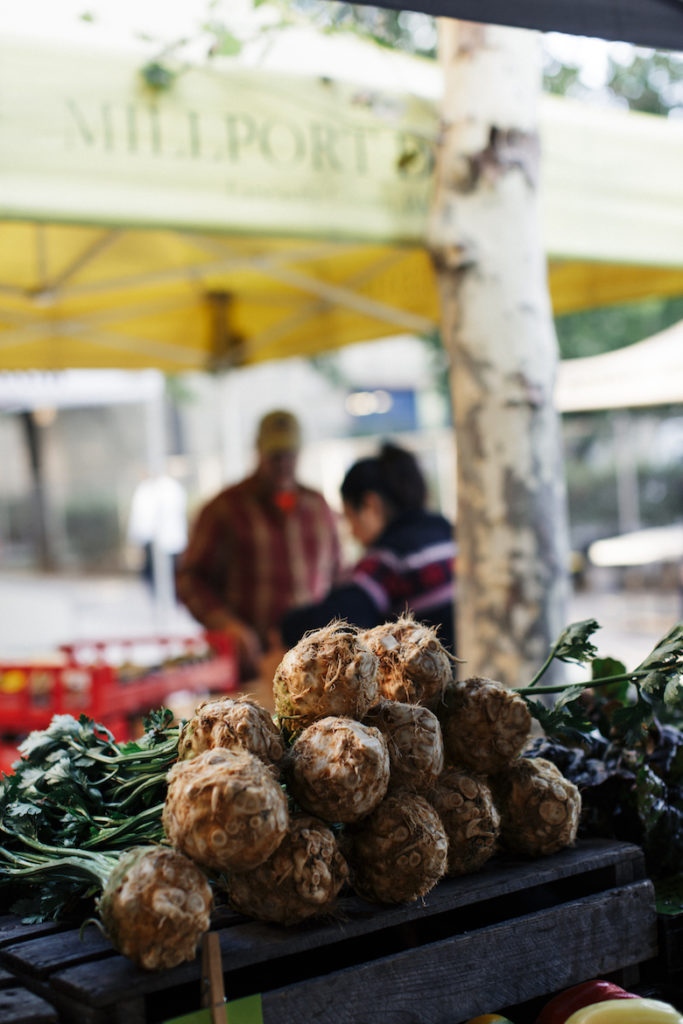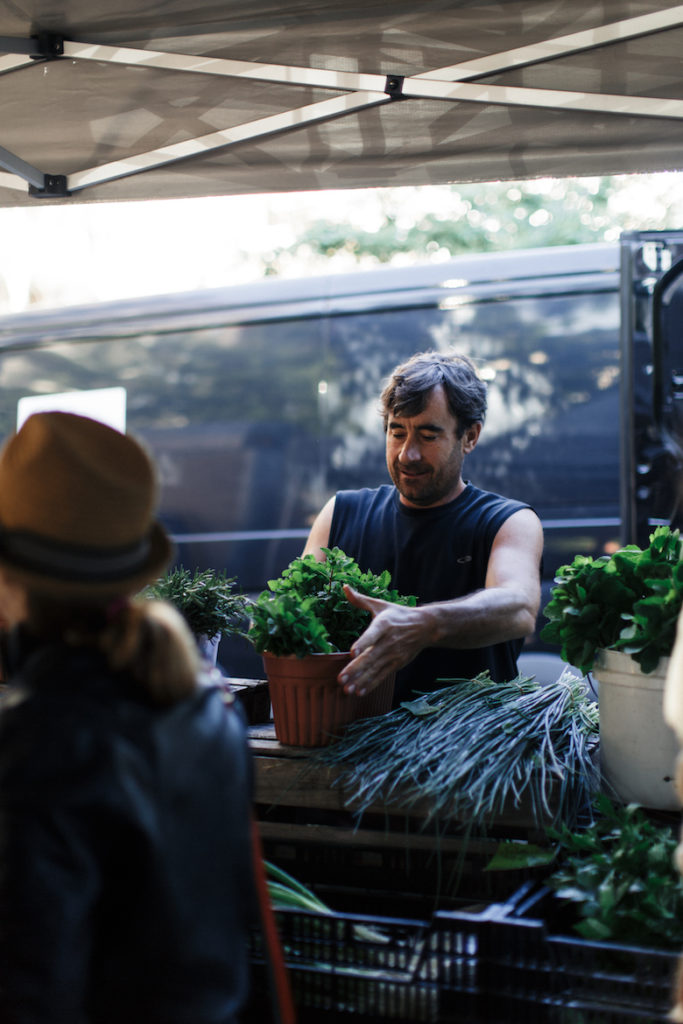
We hear the word “foodprint” more and more every day now. While you likely you have an idea of what it is—something generally about environmental impact—what it actually means and how to measure it is difficult for us everyday eaters to define.
That’s where FoodPrint.org comes in. The new website from the GRACE Communications Foundation wants to become consumers go-to resource both for learning about the environmental effects of what we eat and how to mitigate that impact by shopping, eating and cooking more sustainably. The site covers everything from reports on the beef and poultry industry to breaking down food labels with a shopping guide to tips on reusing ingredients and much more.
Here, we talked to FoodPrint program director Jerusha Klemperer and GRACE Communications chief science adviser Urvashi Rangan about their hopes and inspirations for the new resource. You can also catch them next weekend at Food Loves Tech in Brooklyn where they’ll be demoing the site and speaking about genetic engineering. Get 30% off the full ticket price with the code FLT30 at checkout.
The following interview has been edited for clarity and brevity.
Edible Manhattan: What inspired you to launch this website?
Jerusha Klemperer: This past July we did a survey of 1,000 household food purchasers, and while the site was already underway, it helped us confirm the emphasis we should put on the site. If you look at the results you see that 50 percent say they want food with fewer pesticides but only 25 percent want organic food. We know that people are concerned about where their food comes from and what went into it in terms of how it was produced, but the last piece is “How do I find the food I’m looking for and how do I cook it?” We want to help make those connections.
EM: Why is now the right time to put out a climate-focused food website?
JK: While any project of this size is a long time in the making it does feel incredibly timely with the U.N. climate report that came out a couple of weeks ago, and talking about changes individual people can make. We’re here for the consumers. Foodprint.org shares the bigger picture but also how individuals can make a difference, such as by eating less meat, eating more sustainable meat. The site is a tool to answer questions like “How often to eat meat” and “How to look at labels” so people don’t feel overwhelmed.
EM: Who do you see as your audience?
JK: We see household purchasers as our primary audience and the people who are doing the cooking. That demographic can be a lot of different people, and then because we are also one of only a few places to give a deep dive into industrial food production, we also expect to see a lot of students and people who want the resources to investigate the food system further.
EM: What are some of the ways people can use the website to eat with the environment in mind?
Urvashi Rangan: When people visit our site they will find the tools they need to make informed, value-based decisions about how best to spend their money and what to put into their bodies and their families’ bodies—taking into account a wide range of attributes that determine overall sustainability. For example, a busy parent might want to understand how to avoid pesticides and antibiotics, how synthetic fertilizers negatively impact their family’s health and the environment and why those things matter. We help that busy person learn the answers to these questions and understand their foodprint.
EM: What do you say to people who think it’s too expensive to eat with the environment in mind?
JK: We know that in your average supermarket, something with an organic label is going to cost more. We have a post on the blog on how to stretch your dollar at the farmers market, and we have information on optimizing your organic dollar—if you want to eliminate pesticides what you can pick and choose. And then we know that meat raised sustainably is more expensive, but we also know that we should be eating less meat so we have cooking tips on what to do with that meat.


